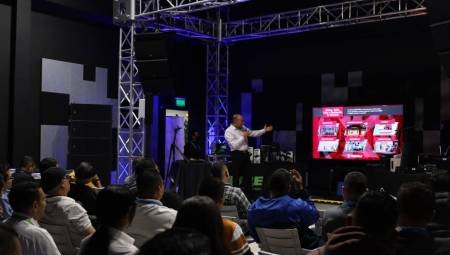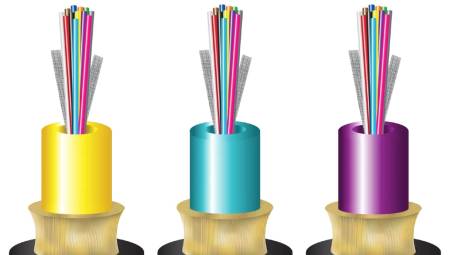 Mexico. R&M explained the specific conditions in which implementing structured cabling systems is not always ideal. When developing or extending a solution, there are many different factors to consider.
Mexico. R&M explained the specific conditions in which implementing structured cabling systems is not always ideal. When developing or extending a solution, there are many different factors to consider.
The environment in which the cabling and network devices will be introduced is one of the most important points to take into account. Cables and components, such as distribution boxes, must remain operational for decades, even in harsh environments where they could be exposed to extreme temperatures or chemicals. Certain substances can cause cables to become brittle or less flexible. After a while, the wiring coating may crack, causing rapid deterioration.
Depending on the chemicals in question, this can happen after prolonged exposure, or immediately. Fortunately, special coating materials can increase resistance to chemical degradation.
However, there is more to finding a solution than simply applying the most robust cover to each cable. Improving performance in one area can affect wiring in other areas, for example, making handling during installation more difficult. In addition, single-site wiring often runs through different areas, such as production facilities with factories, as well as offices, which makes things even more complicated. Cost is another consideration. So how do you make smart, confident decisions without overspecting or overspending?
What is chemical resistance?
This term generally refers to the non-interaction of an evaluated element, or its covering, with chemicals that are produced in a given environment. A product recommendation for exposed wiring components should be based on the exact chemicals involved. Knowledge of the effects of chemical exposure on wiring components is vital to selecting the right product. In addition, a cost-benefit analysis and impact assessment should always be carried out in the worst case.
Choosing the ideal structured cabling solution for all parts of your project
Standard products must be able to cope with low and moderate chemical loads without side effects. These chemicals include solvents, oils, fats, alcohols, acetone, and aqueous solutions. In many cases, low or medium chemical loads do not cause problems, although certain materials will have a problem with higher loads.
However, if any section of your wiring goes through an environment where you may be exposed to acids, alkalis, or aggressive gases, it is vital that you consult with experts.
In short, it is important to know what environmental factors are relevant in different locations and to understand the exact intended use of wiring and components. This way, you won't need to run a cable with the heaviest duty shielding in the entire environment. Instead, you can define solutions that deliver the best performance where it counts, without compromising in other areas.















